Changing the Face of Horror – An International Women’s Day Special Report

Did you know International Women’s Day has been around for 43 years? It’s older than Twitter, despite what the hashtags might lead you to believe.
Way back in 1975, during International Women’s Year, the United Nations began celebrating just the single day on the 8th of March. Why March 8? Well, no one knows for sure. But one thing we do know is that the Internet loves a tie-in. So we got to thinking: What if our favorite classic horror movies had a March 8 mashup with International Women’s Day?
We reached out to some experts in both subjects — women and horror — and asked them some questions. For instance, what if… Freddy Kreuger was a female? How would she have done things differently in the movie A Nightmare on Elm Street back in 1984?
Heidi Honeycutt, cofounder of the all-female film festival Etheria, says, “If Freddy were female, she would have probably tortured the parents themselves along with their kids. Freddy the guy was too focused on his pedophilia and wanting to harass the kids. Freddy the gal would have probably lost her sexual interest in children after being burned over 100% of her body and being tortured in the hellish afterlife for so many years and just focused on straight revenge on the people who actually burned her. Women are more rational that way.”
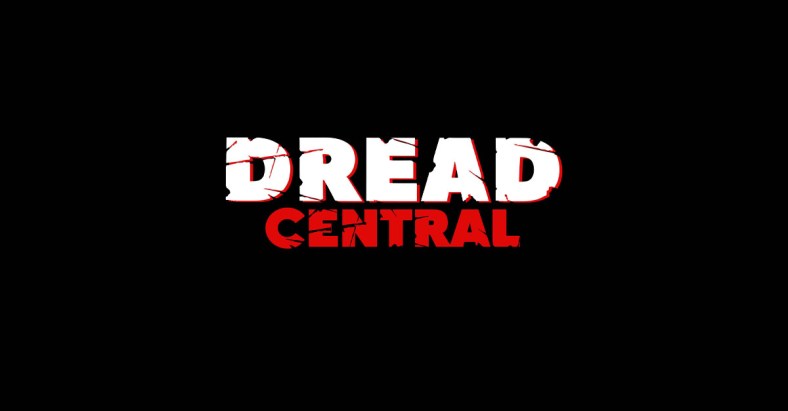
That was fun, so we decided to ask a few more folks to imagine alternate cinematic universes.
Caroline Williams, who played Stretch in Texas Chainsaw Massacre 2 and 3, says it’s hard to imagine a lady Leatherface, but she was game to take a stab at it. “Leatherface is a such a primitive monster and female sensibilities are so multi-faceted, there would have to be some kind of psychological disability to explain it, some kind of feral twist in the subject’s personality to achieve it. I find it interesting that one of the most frightening and effective female villains currently available is The Nun from the Conjuring series of films. Played by a man. One of the interesting things about playing Stretch in TCM2 was that she descends into madness as a result of her journey through Sawyer hell, once again embracing evil as a result of her experience.”
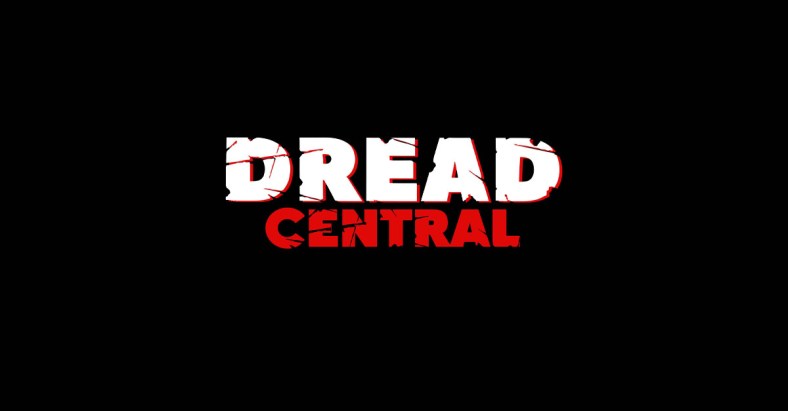
Brooke Lewis, who embraces her tag as “Scream Queen”—and who has never been killed in a horror movie—was tasked with imagining how Young Frankenstein might have been, had the roles been reversed. “No disrespect to men, because you know I love them, but if Madeline Kahn had played the doctor Young Frankenstein, you know The Monster would have been reanimated as a true genius instead of an idiot! All kidding aside, the young doctor speaks a lot about the brain as he is reanimating the monster. It has been dictated by scientists and psychologists over the years that the female gender pays closer attention to detail. If there is, in fact, truth to this theory, then I believe, had a female ‘Dr. Franken-steen’ reanimated The Monster, she would have paid closer attention to the details of the experiment and would have recreated the brain to be more sound. And of course, as a woman, she would have had more to prove and would have worked harder to get his brain right! Something we are too familiar with in this film business.”
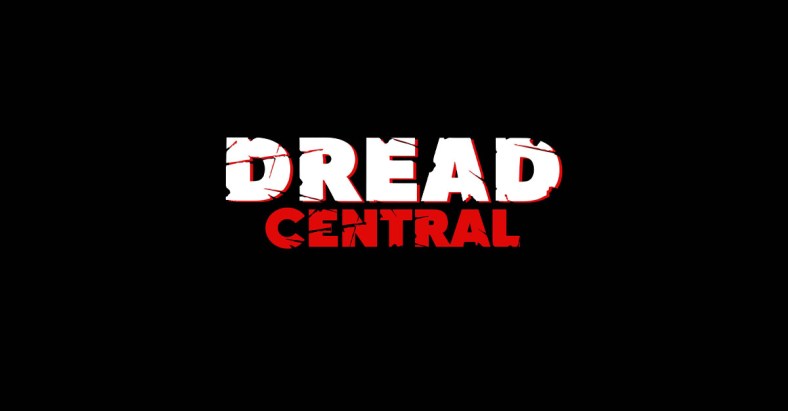
And, in the interest of gender equality, we threw a man into the mix. Jay Kay, whose long-form podcast “Horror Happens” celebrates Women in Horror Month pretty much all year, gave us a fascinating look into whether or not it would have made a difference if Damien from The Omen (1976) were a little girl. “Knowing what I know with child development, entitlement and abilities no matter whether who your parents were,” he says, “I think it would have been the same. Whether a girl or boy I think the age is too early to have a distinctive behavior. The whole idea with The Omen is that it’s those around the child pulling the strings to protect, serve and eliminate those who want to stop the child. At that age, it’s not about gender but about development. I believe that question does not fit that film correctly. From a writer’s perspective, however, perhaps Daddy may have been a bit more protective of his daughter and the daughter manipulating Daddy.”
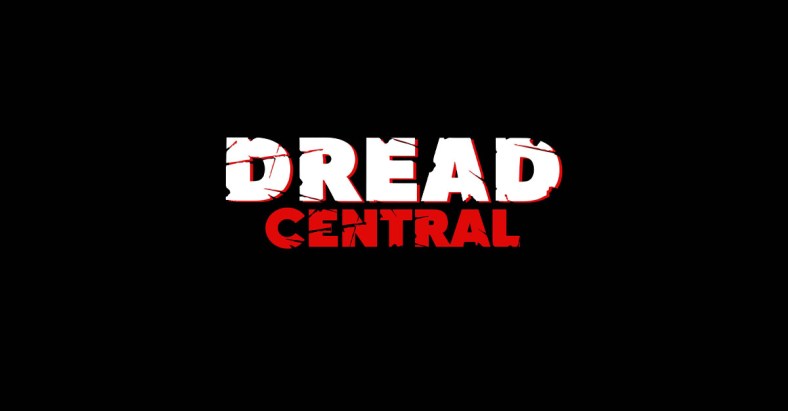
The face of horror is slowly changing, thanks to movies like the underground indie hit American Mary (2013) and the recent sleeper Get Out (2017). But as Honeycutt points out, “Some of the best movies in the world have no women in them: Lawrence of Arabia (1962), for example. When a film is good it doesn’t matter who is on screen, the film will still be good.”
She goes on to say, “Most of the casting in 70s and 80s slasher films is just horrible all the way around: the women, the men, the killers are all cliché and just badly written.” She believes that even though men stole the show in a lot of our favorite movies and that’s OK, women were not given stronger roles because the entertainment business was and is “a classist, sexist, racist awful industry probably second only to politics in terms of being horrible in almost every way socially possible.
“I think because of that, we don’t have female villains from that era. I mean, we have a few out of hundreds. The default is always male. Making a character a female is considered a specific story change. The only women villains we ever see are women getting revenge. Usually because of rape, and they go out and kill a bunch of guys in gruesome ways. In Mrs. Voorhees’ case, it was revenge for her dead kid. Then there’s the alien and all the Alien rip-offs with weird things from space laying eggs or being mothers and having to kill people. But there’s never just a crazy woman who is just nuts the way Michael Meyers, for instance, is. They always feel that they need to give women a motive to be horrible that comes from some sexual instinct. Men can just be nuts and don’t need a reason. I am not sure why that is.”
Lewis managed to pick out a few favorite tough ladies from films of the 80s. “Growing up watching 80s horror films, I always identified with the strong female characters, but, in thinking about the point you just made, they were often the victim or the last woman standing. I was always inspired by roles like Jamie Lee Curtis’ role in Prom Night, because she was a strong leader, or Deborah Foreman’s role in April Fool’s Day, because she was the mastermind behind the plan. That said, I absolutely believe that, had we had more female directors and killers in the films of that era, gender equality would surely be further along in horror today. However, what has always inspired me in horror, more than any other genre, is that I do feel it empowered women and created opportunities for them, both in front of and behind the camera, more quickly than any other.”
The term “female empowerment” is bandied about quite a bit these days. Perhaps too much. “I am not really sure what that means anymore,” says Honeycutt. “I thought I did at one point, but now I just see awful movies that happen to have women characters claiming to show strong women. The most empowering thing in a film is female characters that are treated as everyday occurrences. Female scientist? Female President? Sure, as long as everyone just acts like it’s normal. To have a character say something like, ‘Oh we can’t send a WOMAN in there,’ and then she becomes a ninja/kick-ass insane superhero and can kill any man is not at all empowering. It’s silly. To have a character like Ripley on board the Nostromo and not one character says, ‘Why are we listening to a woman?’ is empowering. What’s empowering are good stories and good characters. Stories that move me or make me think or that explore something important are empowering. Tossing a woman in doesn’t mean anything at all unless the film would be just as good if it had no women in it.”
Williams says you can always find a female villain, if you look in the right subgenres. “Most female antagonists have had a more supernatural, less directly physical, role in horror. One of my favorites has always been Billie Whitelaw, who played Mrs. Baylock in The Omen (1976). She also appeared in Alfred Hitchcock’s Frenzy, and as Violet Kray in Peter Medak’s The Krays. Add to that list Rhoda from The Bad Seed, Mrs. Voorhees from Friday the 13th, Angela Baker from Sleepaway Camp, Elsa Lanchester’s Bride of Frankenstein, the inimitable Barbara Steele from Mario Bava’s Black Sunday. Also American Mary and Angela Bettis’ May. Because most of these characters embrace evil as a reaction to loss, mortal threats, social isolation or bullying or sexual assault, female characters are defined more by social psychology than irrational, primitive, masked hatred. There’s almost always a rationale behind their motivations. Female villainy also has a distinctive sexuality that enhances our sympathies. Either suppressed sexual instincts that go awry, or seduction strategies that lure their victims to their deaths. Most female villains play out in an entirely classic, mythological way.”
Kay posits that perhaps we’d be further along now if the current wave of feminism had gone back in time and been more effective. “I do think it would have been different if the field had been balanced. The question becomes, What if horror was not such a black mark back then and more of an open art form? If that aspect had changed, I believe yes there would have been a balance. Honestly, there are female horror icons from those decades, they are just as famous but not saturated and cheapen like we see with the names [like Freddy, Jason, and Michael Myers who spawned franchise films]. You had Jessica Walter in 1971’s Play Misty for Me. You had Glenn Close in 1987’s Fatal Attraction. You had Nancy Parsons in Motel Hell in 1980. You had Betsy Palmer in 1980’s Friday the 13th. You had Nastassja Kinski in 1982’s Cat People. So there are icons of that level which are more frightening then the watered down versions we see in many cases. I remember them and so do many fans. It is not the label of icons that’s the question but did they make dollars because if you compare my group to that group of rouges? Answer is no on money for many reasons. These ladies are just as beloved and were a template not a pattern.”
When it comes to cool killer chicks to watch onscreen today, our panel of experts have some suggestions for your International Women’s Day viewing pleasure.
Caroline Williams:
“One of my favorite female driven horror films with a sexy, distinctively female beat is Jennifer’s Body. It’s directed by Karyn Kusama, written by Diablo Cody, and it’s smart, hot and sweet. I remember Kit Carson telling me when we were shooting TCM2 that the basics for Stretch’s character were the ferocity that women possess when protecting themselves and their loved ones. And how fearless women are when their backs are against the wall. In Jennifer’s Body, the lead is simply pursuing her immortality. A bestial, intensely sexual drive keeps the action pounding along, while her best friend observes, follows and in many ways adopts her choices. It reflects a socially accurate picture of what female friendships are like, their developing relationships with the men in their lives, their competitiveness, the emotional constellation that defines female existence.”
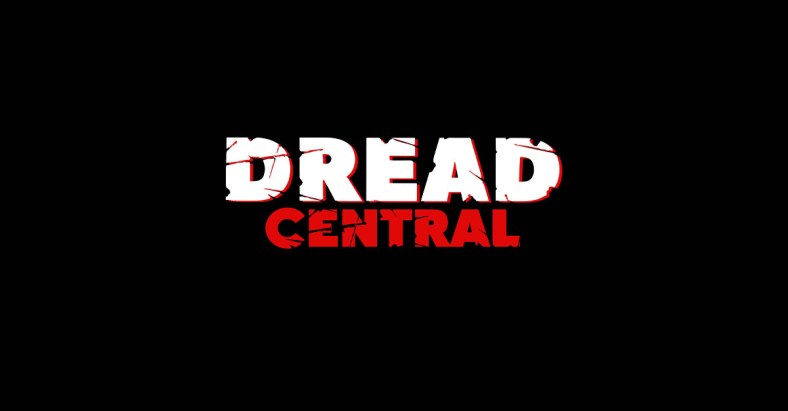
Brooke Lewis:
“I recently watched Happy Death Day, and I loved it! I just felt like it was such a fun film, with many messages of female empowerment, and it offered a lighthearted element, in which we could make fun of ourselves as women. We need more of that! I always recommend the French horror classics to true female horror buffs, as well. Albeit violent, I can never get enough of Inside, Martyrs and High Tension, as the strength (both physical and mental) behind the female characters is beyond measure.”
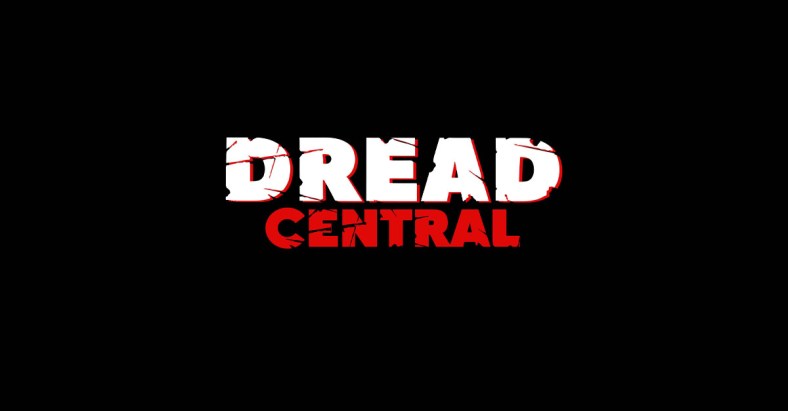
Jay Kay:
“I love Black Fawn Films’ Bite. Not only is Black Fawn Films a growing powerhouse for genre film, but they do it right on each level. They are resourceful, passionate and love what they create. [Their] film Bite is a marvel. A gore bath to say the least! One of the first films for the studio, many forget the performance of Elma Begovic. You will not find a more empowering performance. Put in a conflict we can all connect to in one way or another, her character Casey is fighting against the reality of her life, relationship and future. Horror happens to her when she is bit and begins to transform. Afraid, betrayed and frightened, unlike many women of the genre who are victims, Casey comes to terms with who she is as a woman, human and a mother monster. [She] not only has to deal with the challenge of life on different levels but accepting as well embracing the person she is becoming as well as her fear. Very symbolic for many women I would think.”
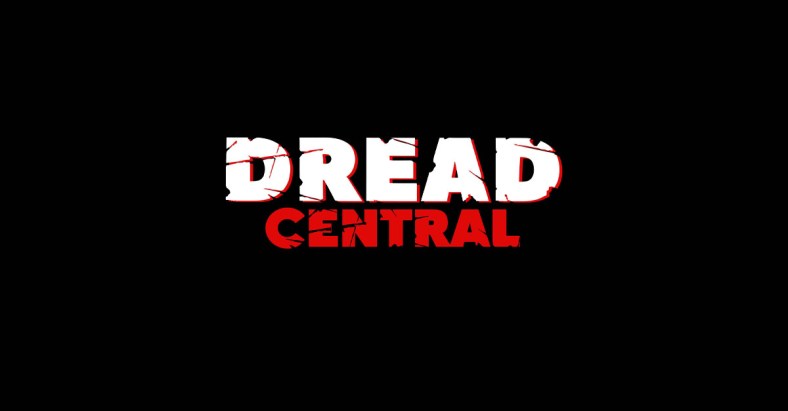
Categorized:News

